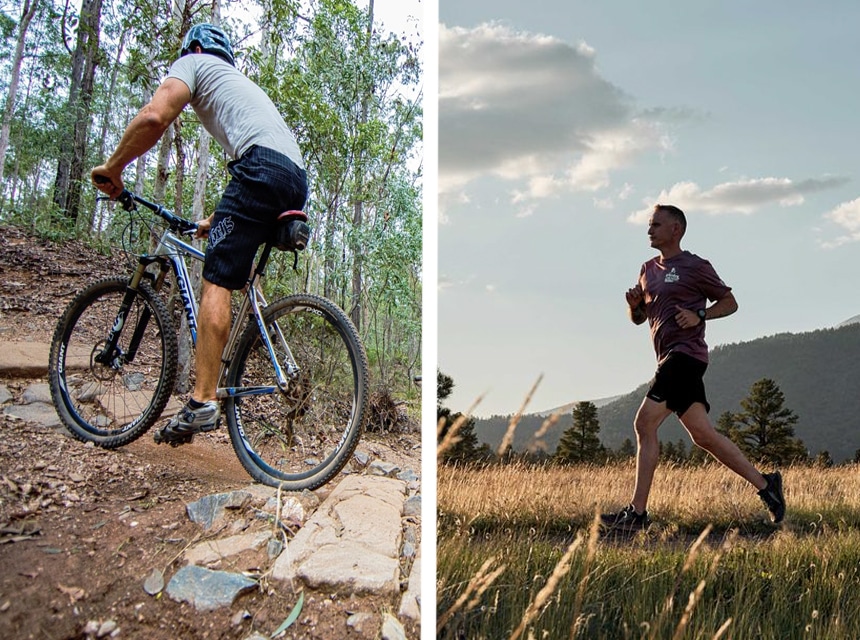- Trails
-
Bikes
-
Gear
-
Tips & Tricks
-
About us














